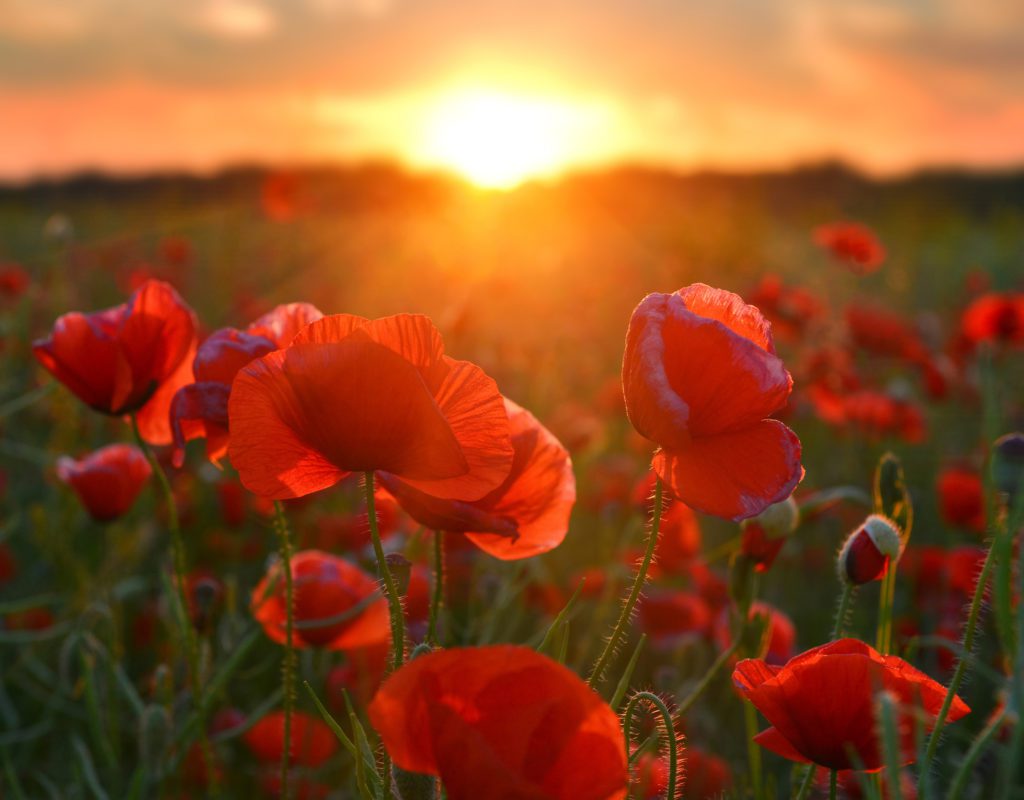
Anzac Day in New Zealand is a National Day of Remembrance to honour the service and sacrifice of those who have gone before us.
In December 1914, in preparation for the invasion of Gallipoli, New Zealand Expeditionary Force contingents were grouped together with the Australian Imperial Force for the first time as the Australian and New Zealand Army Corps – ANZAC.
From then on, combined Australian and New Zealand forces became known as “ANZACs”.
The Gallipoli campaign
On 25 April 1915 the ANZACs landed at Gallipoli, at a place later called Anzac Cove. Together, they provided almost half of the total number of troops in the Allied Mediterranean Expeditionary Force. Immediately upon landing, the ANZACs suffered heavy casualties as a result of a navigational error which found them two kilometres from their intended landing point.
In addition, for eight months, New Zealand troops, alongside those from Australia, Great Britain, Ireland, France, India, and Newfoundland endured harsh conditions and battled Ottoman forces fighting to protect their homeland. By the time the campaign ended, 2779 New Zealanders had died, about a sixth of all Kiwis who had landed on the peninsula.
Of course, the ultimate cost paid should not be forgotten. As tribute to the fallen and to those who remained, April 25th became a day to recognise, honour and remember.
Anzac Day – Our National Day of Remembrance
The 25 April date became a National Day of Remembrance. Every year, New Zealanders and Australians around the world gather to remember and honour the service and sacrifice of those who have gone before us.
Hence the first Anzac Day was marked in 1916, only one year after the landing itself, and continues to this day.
‘The Ode’ (For the Fallen) by Laurence Binyon
They shall grow not old, as we that are left grow old;
Age shall not weary them, nor the years condemn.
At the going down of the sun and in the morning
We will remember them.
We will remember them.
Red poppy – a symbol of remembrance
In the churned up ground of the Flanders battlefields in Belgium, fields of red poppies bloomed in the spring of 1915. This sight inspired the poem ‘In Flanders Fields’ by Canadian officer John McCrae who was a soldier, physician and poet – and resulted in the red poppy becoming an symbol of remembrance.
Currently, the tradition continues with the poppy now representing the sacrifice made by New Zealanders in all conflicts since World War One.
Lest we forget.
‘In Flanders Fields’ by John McCrae
In Flanders fields the poppies blow
Between the crosses, row on row,
That mark our place; and in the sky
The larks, still bravely singing, fly
Scarce heard amid the guns below.
We are the Dead. Short days ago
We lived, felt dawn, saw sunset glow,
Loved and were loved, and now we lie,
In Flanders fields.
Take up our quarrel with the foe:
To you from failing hands we throw
The torch; be yours to hold it high.
If ye break faith with us who die
We shall not sleep, though poppies grow
In Flanders fields.
Read More About Anzac Day
- The Gallipoli campaign – NZ History
- Anzac Day – The New Zealand Story – Air Force Museum of New Zealand
ZOOM Pharmacy’s life-changing monthly medicines service – makes it so easy. Check out zoompharmacy.co.nz or freephone 0508966622 to find out more!
Written by Paul Taylor
Paul Taylor is a New Zealand–based healthcare content writer with 5+ years’ experience creating patient friendly articles for online pharmacies and health platforms. He specialises in accessible condition guides, prescription FAQs, OTC advice, and health & wellbeing tips, translating complex medicines or health condition information into clear, actionable content. Paul collaborates with the ZOOM Pharmacy clinical team and bases every article on authoritative sources, peer reviewed journals and national clinical guidelines to ensure evidence based, up to date content. His goal is to help readers feel empowered to make informed decisions about their medicines and wellbeing. This content is general information only and does not replace professional medical advice.
